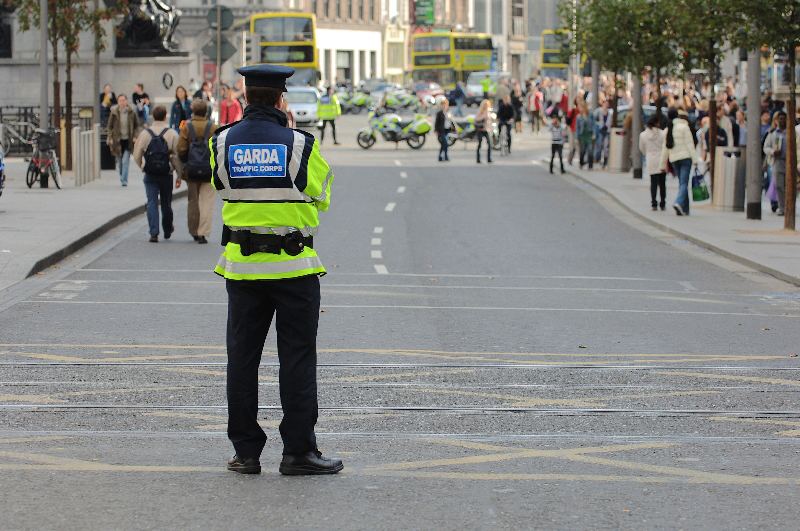Remembering the Lusitania
Dublin People 08 May 2015ON May 7 1915, the RMS Lusitania was attacked by a German U-boat and sank 11 miles off the Old Head of Kinsale.
The controversy behind the sinking of the Lusitania continues to this day.
Built by the British based Cunard Line in 1906, the British government subsidised the building of the Lusitania on the condition that the ship was built to specific specifications.
These specifications would allow it to be easily converted to an Armed Merchant Cruiser during wartime.
On the outbreak of World War 1, the Lusitania was requisitioned by the British Admiralty and was officially listed as such.
However, the Lusitania continued to operate as a commercial vessel. At first, there was major concern that liners such as the Lusitania would become targets for the German Navy but as the British Navy appeared to gain the upper hand, this threat seemed less likely.
On February 4 1915, however, a new threat reared its head. The German government declared the seas around Britain, including the Irish Sea, as a war zone. In an attempt to gain advantage in the Atlantic, the Germans had decided to use U-boats (German submarines) to attack British Navy and merchant ships. The activities of German U-Boats in the Irish Sea soon gained the area the nickname
‘U-Boat Alley’.
On May 1 1915, the Lusitania left New York bound for Liverpool.
The ship was carrying 1,959 passengers and crew on what was to be her 202nd transatlantic crossing. The voyage was to be her last.
Chillingly, before the Lusitania left New York, the German Embassy had printed a warning in 50 newspapers reminding passengers that any vessel sailing under a British Flag was
‘liable for destruction’.
As the Lusitania steamed across the Atlantic, U-Boat 20 was carrying out a campaign of destruction in the Irish Sea.
Between May 5-6, the U-Boat was responsible for sinking three ships and attacking at least two others. The Lusitania was sailing right into its path.
At 14:10 on May 7 1915, the Lusitania sailed within 700 metres of the U-boat.
The Germans fired only one torpedo, which struck the Lusitania on the Starboard side, just behind the ship’s bridge.
The Germans noted that there was an
‘unusually heavy explosion’, followed shortly after by a second large explosion. The source of this second explosion remains a source of controversy.
The Lusitania began to sink quickly, with the entire ship being submerged in just 18 minutes. Panic and disorder broke out on the decks and several lifeboats overturned, leading many of the passengers to drown. Of the 1,959 people on board just 764 were rescued. 1,195 were lost in the tragedy and 885 bodies were never recovered.
In the aftermath of the attack there was international condemnation of Germany, including from its allies in Austria, Hungary and Turkey.
The Germans defended themselves by stating the Lusitania was a vessel of war and was secretly carrying munitions of war.
The Germans claimed that these munitions were the source of the second, devastating explosion.
Historians have battled over the contents of the Lusitania cargo for the last century, but it is known that the British government transported munitions on commercial liners during the war.
While the British government continues to deny that the Lusitania was carrying explosives, Professor William Kingston of Trinity College Dublin has said:
“There’s no doubt at all about it that the Royal Navy and the British government have taken very considerable steps over the years to try to prevent whatever can be found out about the Lusitania.
?











